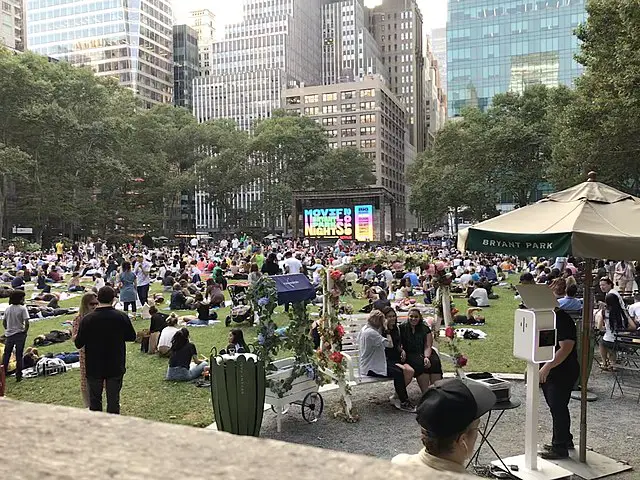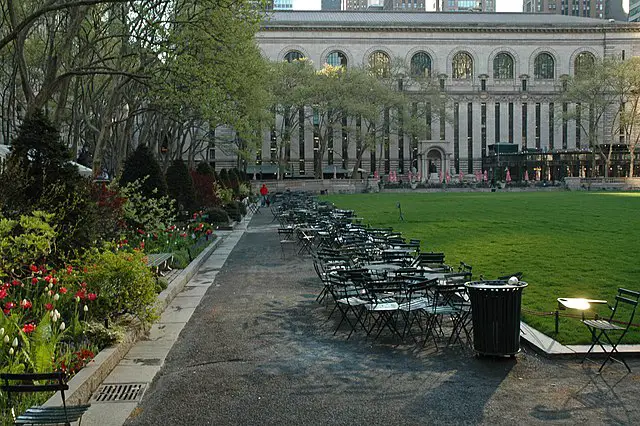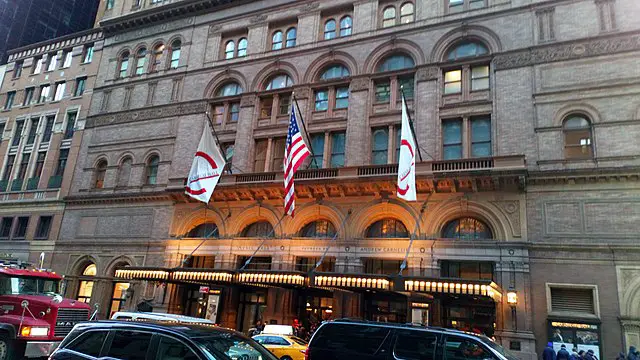


New York’s Carnegie Hall is the most well-known music venue in the city. More than 46,000 performances—including some well-known performers from the classical and popular music scenes—have taken place there since its founding in 1891. Andrew Carnegie, a steel tycoon, erected and christened Carnegie Hall in 1890. Although Carnegie Hall doesn’t look particularly remarkable from the outside, it is unquestionably impressive inside. As soon as you enter the hall—without a ticket—you’ll be able to see that. The structure has three halls. The Isaac Stern Auditorium/Ronald O. Perelman Stage, today’s “primary auditorium,” can hold 2800 people, 600 in the Judy and Arthur Zankel Hall downstairs, and 250 in the Joan and Sandford I. Weill Recital Hall. The acoustics of Carnegie Hall are excellent. This is a stylish concert venue. A wonderful experience, especially if you’re staying in New York for a while longer, is going to a Carnegie Hall concert. The finest musicians in music history have performed here. To mention a few, consider Tchaikovsky, Rachmaninoff, Maria Callas, and Luciano Pavarotti. But there’s more than simply classical music playing at Carnegie Hall. It also hosted well-known jazz performers like Miles Davis, Billie Holiday, and Ella Fitzgerald, giving jazz and blues in New York a prominent presence. Even more renowned than the lengthy list of well-known “pop stars” who have performed there are The Beatles, The Rolling Stones, Frank Sinatra, Bob Dylan, Josephine Baker, Stevie Wonder, David Bowie, Nat King Cole, and – yes, really – Jay Z. A few times per day, guided tours are offered, and you might even be able to visit the backstage area. The practises and performances will determine this, though. The hour-long trip is led by knowledgeable guides who have a wealth of knowledge to impart. Be advised that there will be no excursions offered outside of the season, which runs from July to September, and that photography is not permitted. Near Central Park in Midtown, you will find Carnegie Hall.
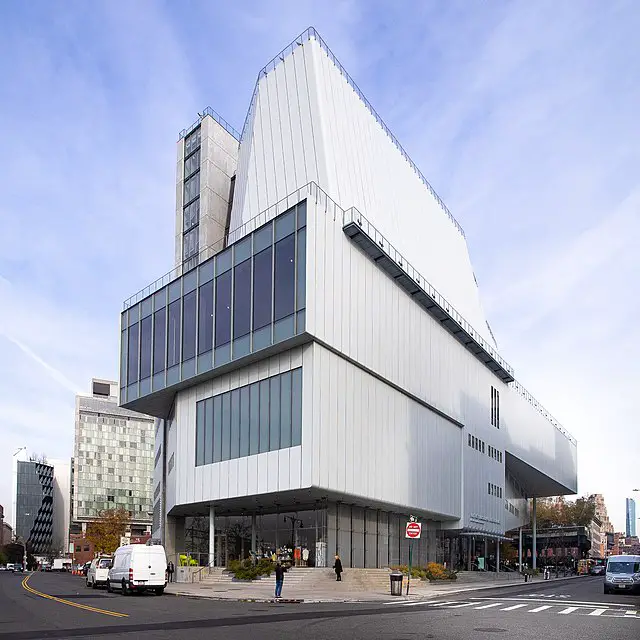

The Whitney Museum of American Art, the foremost institution devoted to American art, exhibits the complete spectrum of twentieth-century and contemporary American art with a concentration on works by current artists. The Whitney is committed to gathering, maintaining, interpreting, and presenting American art. Its collection, possibly the best collection of American art from the twentieth century in existence, serves as the museum’s main asset. The Biennial, the Museum’s premier exhibition, is the nation’s premier overview of the most recent trends in American art. Since its inception, the Whitney has always been known for its innovation. It was the first museum in New York to host a significant exhibition of a video artist as well as the first museum in the country devoted to the works of contemporary American artists (Nam June Paik in 1982). The Whitney gave such artists as Jasper Johns, Cy Twombly, and Cindy Sherman their first museum retrospectives. The Museum has routinely acquired pieces within the year of their creation, frequently before the artists attained widespread acclaim. By establishing corporate-funded branch facilities, the Whitney was the first museum to expand its exhibitions and programming outside of its walls. It was also the first museum to start a programme of collection-sharing (with the San Jose Museum of Art) in order to improve access to its renowned collection. Located in the flourishing Meatpacking District of Manhattan, tickets must be purchased in advance:
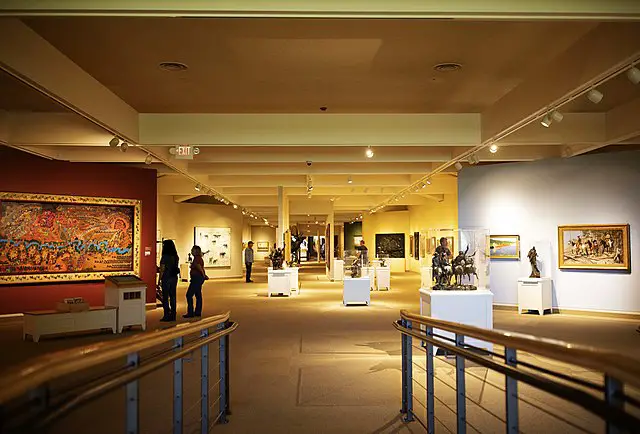
As the centre of New York City, Bryant Park is widely regarded. The park offers both large-scale public events and intimate private moments in the middle of a bustling city. Many people find it impossible to imagine Bryant Park as it once was. The park was neglected at the beginning of the 1980s, and visitors and office workers thought it was unsafe. By conducting observations and interviews, Project for Public Spaces began working at Bryant Park by researching its usage. The crew, directed by Fred Kent and William H. Whyte, located all activity in the park, both good and bad, and conducted interviews with park visitors. extending from this study, the Bryant Park Restoration Corporation received this report from Project for Public Spaces in 1981. Bryant Park subsequently became one of the most well-liked, cosy, and significant big city parks in the nation because to BPRC’s transformation of recommendations into actuality. Even though the management of this well-known park in Midtown Manhattan has undergone frequent improvements, it is still widely regarded as one of the best public space revitalisation initiatives of the past four decades. As a result, Bryant Park hosts a variety of fascinating events and generates a sizable amount of revenue, maintaining its status as one of the most popular, friendly, and forward-thinking public spaces in the world. To get the most of Bryant Park, you don’t need to have an event scheduled in advance; you may just visit to take in the views or utilise the free Wi-Fi. A few of the many recommendations made by recent visitors include visiting the New York Public Library, which is located next to the park’s lawn, ice skating in the winter, and riding the French-style carousel.

